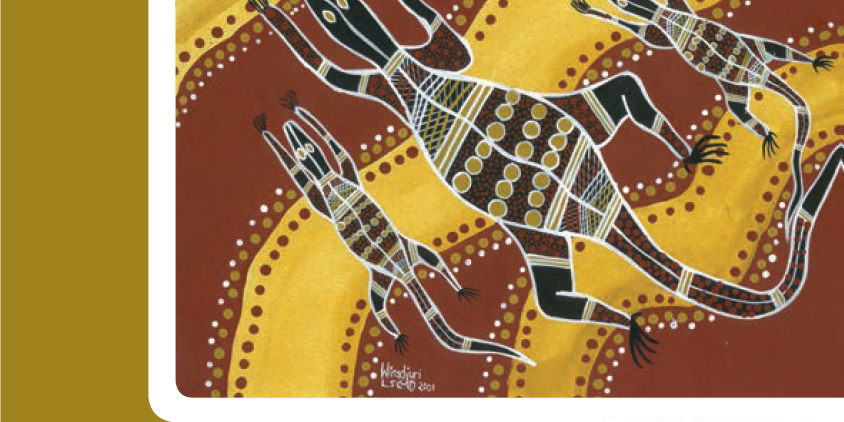Published by the Murrumbidgee Catchment Management Authority, 106 pages
This book is a contemporary guide to the identification of plants within the Murrumbidgee catchment and their significance and cultural use for the Wiradjuri people. The Wiradjuri Cultural Landscape Mapping Project, of which this publication is a product, consulted widely with local Aboriginal communities across the Murrumbidgee catchment. The consultation process involved the collection of information on the Aboriginal cultural heritage uses of native vegetation.
Through the publication of this book the Murrumbidgee CMA (now Riverina Local Land Services) is facilitating and planning for greater involvement of Traditional Owners and other Aboriginal people in Natural Resource Management.
This book is a resource for Aboriginal communities and the broader community alike to access, to further an understanding of Aboriginal cultural heritage uses and significance of native vegetation within the Murrumbidgee catchment.
This book provides a brief overview of the plants, with a description of the plant’s traditional uses, in the detail requested by the Traditional Owners and other Aboriginal people of the Murrumbidgee catchment. This list does not cover every plant and every use that was, and in many cases still is, undertaken by Aboriginal communities, but helps the reader to increase their knowledge of plants that are significant to the Wiradjuri Nation. As many of these plants and related species grow throughout Australia this book will be useful for a wide range of Traditional Owners and other Aboriginal people and the wider community to identify and relate native vegetation to traditional Aboriginal uses.
The plants listed begin to draw a picture for the reader as to what areas of the landscape are important to Traditional Owners and other Aboriginal people and can provide a starting point to identifying plants that are significant to Aboriginal communities.
Plant uses described in the book include the following categories:
- Tools / Implements: The plant is used to make tools and implements such as boomerangs, spears, axe handles, coolamons, canoes, rope and baskets
- Medicine: The plant is used for a specific medicinal use or broadly utilised for a number of health issues
- Food: The plant is either a source of food through its fruits, roots and leaves or habitat for other food sources such as warral, gabuga, budyaan and mandiyaba
- Shelter: The plant provides protection from the elements, using parts of the plant, such as bark, to make small huts, or hollows that can shelter people
- Fire: The plant can be used to make fire, or carry fire from one location to another
- Water: The plant stores water in roots or stems, or is an indicator water is nearby
- Fish Poison: The plant can be used to stun fish in waterholes, making them easier to catch. Fish poisons are usually made from the bark or leaves of a tree and added to waterholes that remain when a creek, river or wetland dries up. Common fish to be caught and eaten include Dangur, Gugabul and Gagalin
- Dye / Paint: Parts of the plant, such as fruit, are used to make dye and paint
- Spiritual / Ceremonial: The plant has known spiritual qualities or is used in ceremonial activities.






